
With 7.5 million people residing within a land area of a little over 1100 km2, Hong Kong is one of the world’s most densely populated places. Despite the demands this inevitably places on land use, the region retains a spectacularly rich flora. To date, more than 2200 native vascular plant species have been recorded here.
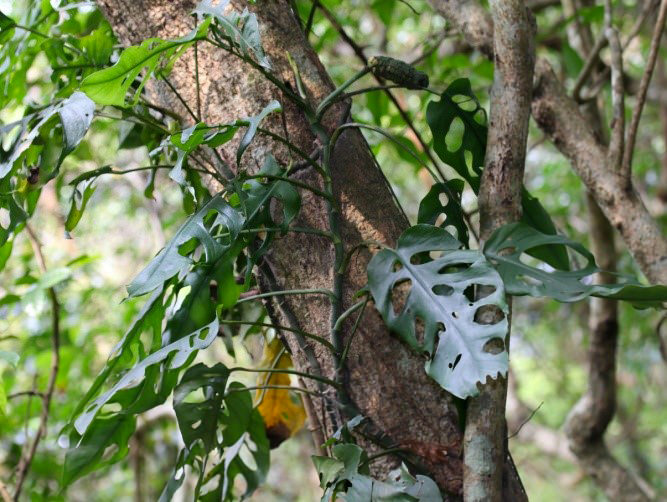
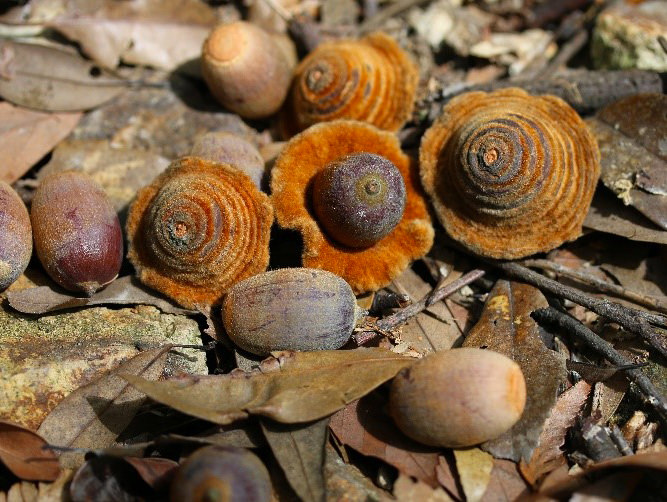
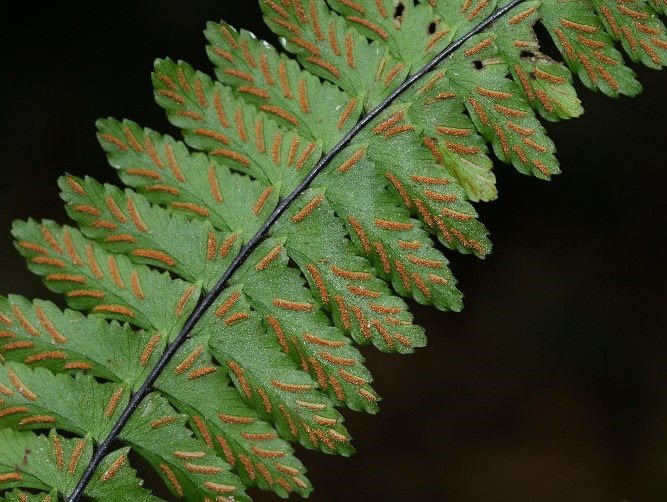
With Hong Kong’s primary vegetation having long since fallen victim to centuries of deforestation, this flora occurs almost entirely in modified or secondary associations. Whilst determining the composition of the original forests can therefore now be no more than reasoned conjecture, it is clear that the woody flora of these secondary associations is dominated by member of the families Euphorbiaceae, Lauraceae, Elaeocarpaceae, Leguminosae and Aquifoliaceae, as is typical of marginal tropical forests elsewhere in the Indo-Burma Biodiversity Hotspot. And increasingly thorough exploration of Hong Kong’s rugged terrain continues to reveal botanical novelties that better place its flora in a regional context.
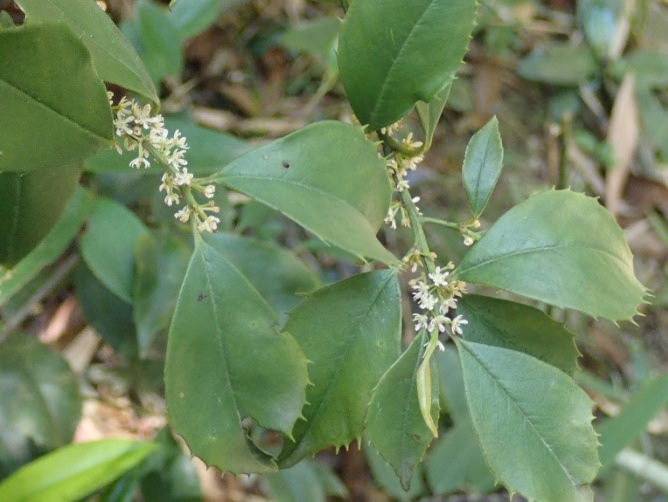


Areas that were never converted into farmland nor terraced for tea plantation offer the best insights into Hong Kong’s rich botanical heritage – for example, parts of Ma On Shan, Sunset Peak, Lantau Peak, Ng Tung Chai and Tai Mo Shan. It is no coincidence that it is in places like these that, even after more than 150 years of scientific study, species new to Hong Kong, and even new to science, are still routinely discovered. Indeed, KFBG botanists described Gastrochilus kadooriei, a small lithophytic orchid, as a new species as recently as 2014.
Plant species newly discovered in Hong Kong are, for the most part, found almost exclusively in very small numbers and in areas that are difficult to access. Nevertheless, their discovery tells us a great deal about the composition of the region’s original flora. In turn, this helps us build a better picture of the sorts of forest that ought to be nurtured through restoration.
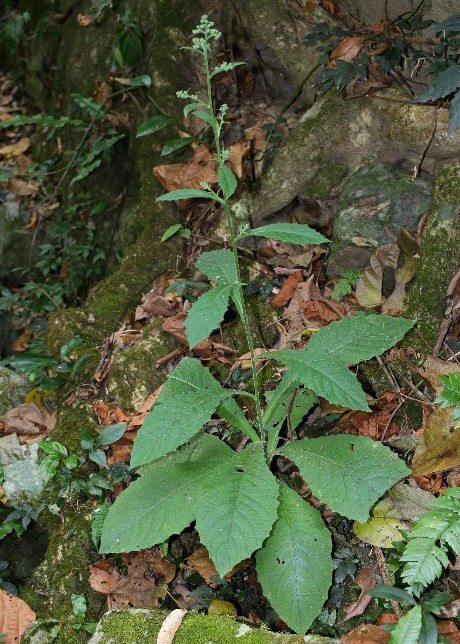
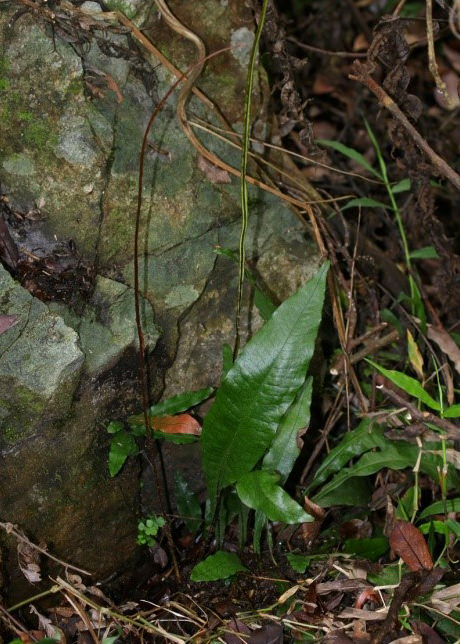
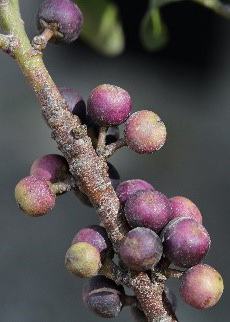
The following is a selection of just some of the species recently confirmed in Hong Kong by KFBG botanists:
- Amydrium hainanense (H.Li, Y.Shiao & S.L.Tseng) H.Li ()
- Aucuba obcordata (Rehder) Fu ex W.K.Hu et Soong
- Diospyros chunii F.P.Metcalf & H.L.Chen
- Ficus gasparriniana var. esquirolii (H.Lév. & Vaniot) Corner
- Ficus stenophylla Hemsl.
- Hymenasplenium apogamum (N.Murak. & Hatan.) Nakaike
- Ilex ficifolia C.J.Tseng ex S.K.Chen et Y.X.Feng
- Leptochilus decurrens Blume
- Lithocarpus longanoides Huang et Y.T.Chang
- Murraya euchrestifolia Hayata
- Paraprenanthes sororia (Miq.) C.Shih
- Pothos repens (Lour.) Druce
- Quercus pachyloma Seemen [Cyclobalanopsis pachyloma (Seemen) Schottky]
- Sageretia ellipsoidea Yi Yang, H.Sun & H.Peng
- Aphanamixis polystachya (Wall.) R.Parker
- Oplismenus undulatifolius (Ard.) Roemer & Schuit.
- Trachelospermum brevistylum Hand.-Mazz.
-
Zingiber hainanense Y.S.Ye, L.Bai & N.H.Xia
Further reading
- Gale, S. W., Kumar, P., Hu, A.-Q., & Pang, K. S. (2013). Cheirostylis pusilla (Orchidaceae), a new record for Hong Kong. Kew Bulletin, 68(2), 325–330. doi: 10.1007/s12225-013-9437-1
- Gale, S. W., Yeung, W. K., Ho, N., Chan, C. S., & Kumar, P. (2020). Four new additions and a taxonomic amendment to the orchid flora of Hong Kong. TAIWANIA, 65(4). doi: 10.6165/tai.2020.65.575
- Hu, A.-Q., Gale, S. W., Kumar, P., Fischer, G., & Pang, K. S. (2014). Taxonomic Notes on Didymoplexiella siamensis and Gastrodia peichatieniana , Two Fully Mycoheterotrophic Orchids New to the Flora of Hong Kong. Annales Botanici Fennici, 51(3), 177–184. doi: 10.5735/085.053.0106
- Kumar, P., Gale, S. W., Kocyan, A., Fischer, G. A., Averyanov, L., Borosova, R., Bhattacharjee, A., Li, J.-H., & Pang, K. S. (2014). Gastrochilus kadooriei (Orchidaceae), a new species from Hong Kong, with notes on allied taxa in section Microphyllae found in the region. Phytotaxa, 164(2), 91. doi: 10.11646/phytotaxa.164.2.3
- Liu, J., Hang, K. Y., Wong, C. K., Hon, C. H., Williams, C., Mar, S. S., Lee, Y. L., Zhang, J., & Fischer, G. A. (2021). Seventeen newly recorded species to the flora of Hong Kong, China. Journal of Tropical and Subtropical Botany, 29(2), 123–131.
- Zhu, H., Liu, J., Zhang, J., Hang, K.Y., Yeung, W.K., Fischer, G.A. (2018). Ten newly recorded taxa to the flora of Hong Kong, China. Guihaia 38: 1221–1228.
- Zhu, H.-L., Liu, J.-G., Wong, C.-K., Williams, C., Hang, K.-Y., Zhang, J.-L., & Gale, S. W. (2023). Additions to the Flora of Hong Kong. Subtropical Plant Science, 52(1), 76–83.
